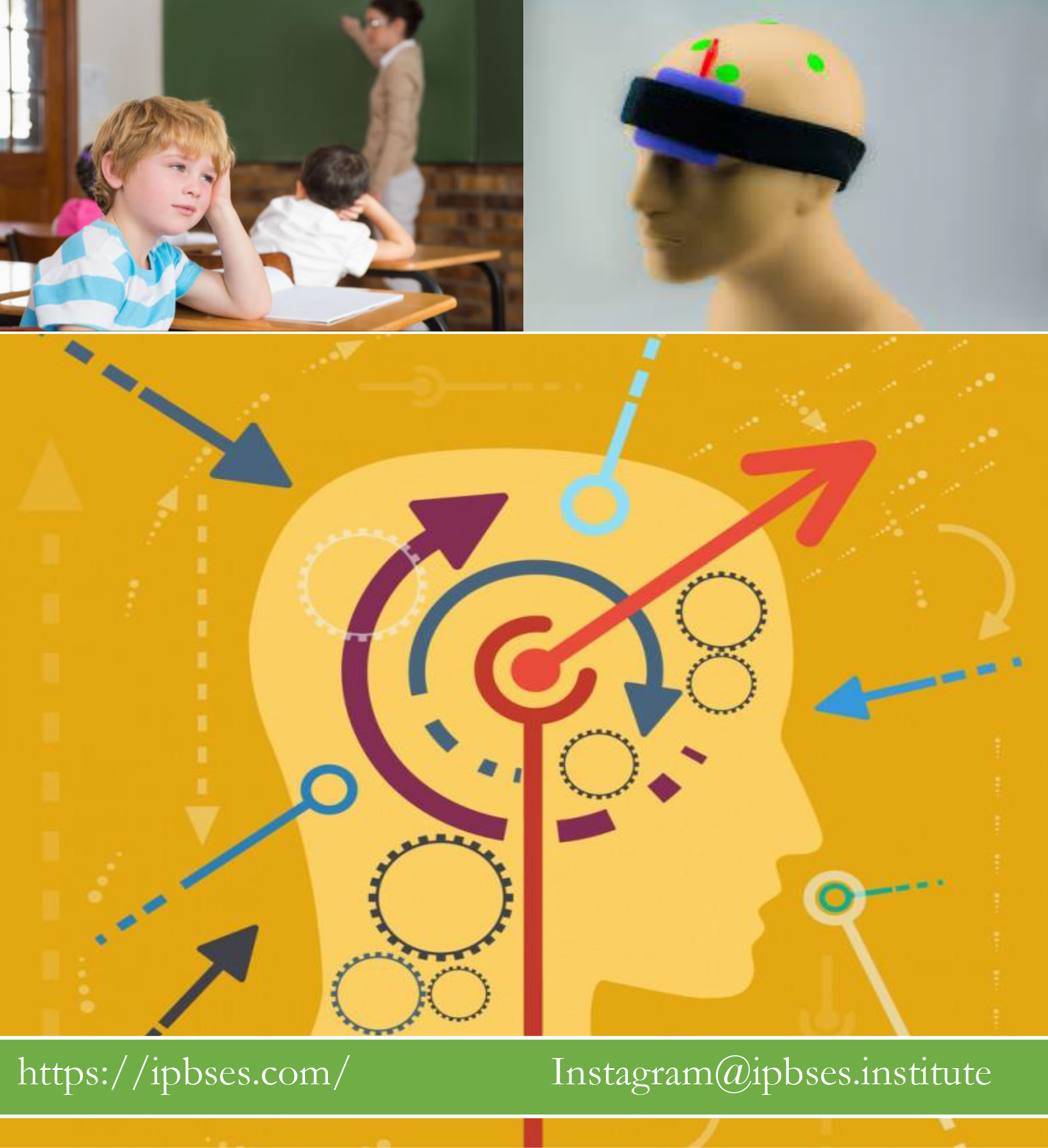پژوهشگران انستیتو علوم شناخت انسان و مغز ماکس پلانک آلمان در پژوهشی به بررسی تاثیرات tDCS بر سلاست کلامی بر داوطلبان سالم پرداختند.
روش:
- در این پژوهش ۴۸ داوطلب در دامنه سنی ۱۹ تا ۳۵ سال و میانگین سنی ۲۷ سال شرکت نمودند.
- همه داوطلبان آلمانی زبان، راست دست، بدون سابقه سوء مصرف هرگونه مواد/الکل/ نیکوتین، و بدون سابقه روانپزشکی/روانشناختی و طبی مرتبط با سر و تکلم در خود و خانوادهشان بودند.
- دو جلسه تحریک مغزی با tDCS برگزار شد.
- بصورت تصادفی جلسه اول یا دوم دارونما بود. الکترود آندی ۵ x 5 سانتیمتر و الکترود کاتدی ۱۰ x 10 سانتیمتر بودند.
- محل قرار گیری الکترود کاتدی وسط لوب پیشانی و محل قرارگیری الکترود آندی مابین نقاط C5 و FC5 بود.
- شدت جریان ۲ میلی آمپر و مدت هر جلسه ۲۰ دقیقه بود.
- تمام شرکت کنندگان حین اجرای tDCS آزمون نامیدن تصاویر و بلافاصله پس از آن آزمون سلاست کلامی را اجرا نموند.
نتایج:
- پس از اجرای tDCS آندی، سلاست کلامی تحت تاثیر tDCS قرار نگرفت.
- نمرات افراد در آزمون سلاست کلامی در اجرای واقعی tDCS و حالت دارونما یکسان است.
- در زمان آغاز تولید پاسخهای درست در آزمون سلاست کلامی تحت تاثیر tDCS قرار ندارد.
- زمان نهفته در نامیدن تصاویر، حین اجرای tDCS آندی به شکل معناداری طولانیتر از حالت دارونما است.
- تغییرات در نتایج آزمون نامیدن تصاویر تغییری در عملکرد در آزمون سلاست کلامی ندارد.
راهبردهای کارکردی:
- اجرای tDCS تحریکی بر کرتکس پیش پیشانی چپ هیچ تاثیری بر سلاست کلامی افراد سالم ندارد.
- تحریک مغزی tDCS کاربری خاصی برای بهبود عملکرد شناختی مغز افراد بزرگسال سالم ندارد.
- برای اجرای درست tDCS، لازم است پیش از مداخلات تصویربرداری مغزی و QEEG از افراد بعمل آید.
Failure to Improve Verbal Fluency with Transcranial Direct Current Stimulation
Abstract
Previous studies in healthy populations have provided equivocal evidence whether the application of anodal transcranial direct current stimulation (tDCS) over the left prefrontal cortex (PFC) can improve performance in verbal fluency tasks.
In this double-blind, randomised within-participant study, we investigated whether anodal tDCS over the left PFC improves verbal fluency performance relative to sham tDCS.
Forty eight healthy native German speakers performed two verbal fluency tasks after having received 20 min of anodal or sham tDCS over the left PFC.
During stimulation, participants performed a picture naming task, which was expected to increase neuronal activity in the targeted region.
We found no modulation of verbal fluency performance following anodal tDCS, with virtually identical overall scores across tDCS conditions.
Furthermore, initiation time (i.e., time to produce the first correct utterance) was not affected by tDCS.
As an unexpected finding, picture naming latencies were significantly longer during anodal compared to sham tDCS.
Yet, changes in the naming task were not predictive of performance changes in the fluency task.
Overall, the current study found no evidence that verbal fluency performance in healthy speakers could be improved by excitatory stimulation of the left PFC.
We argue that previously observed positive effects could be false positives and should be interpreted with caution.
The findings from the current study thus cast further doubt on the utility of tDCS in enhancing cognitive performance in the healthy (young) brain.
Key words
language production, left prefrontal cortex, non-invasive brain stimulation, semantic fluency, phonemic fluency.
لینک منبع پیشنهادی برای مطالعه بیشتر  (further reading)
(further reading)




